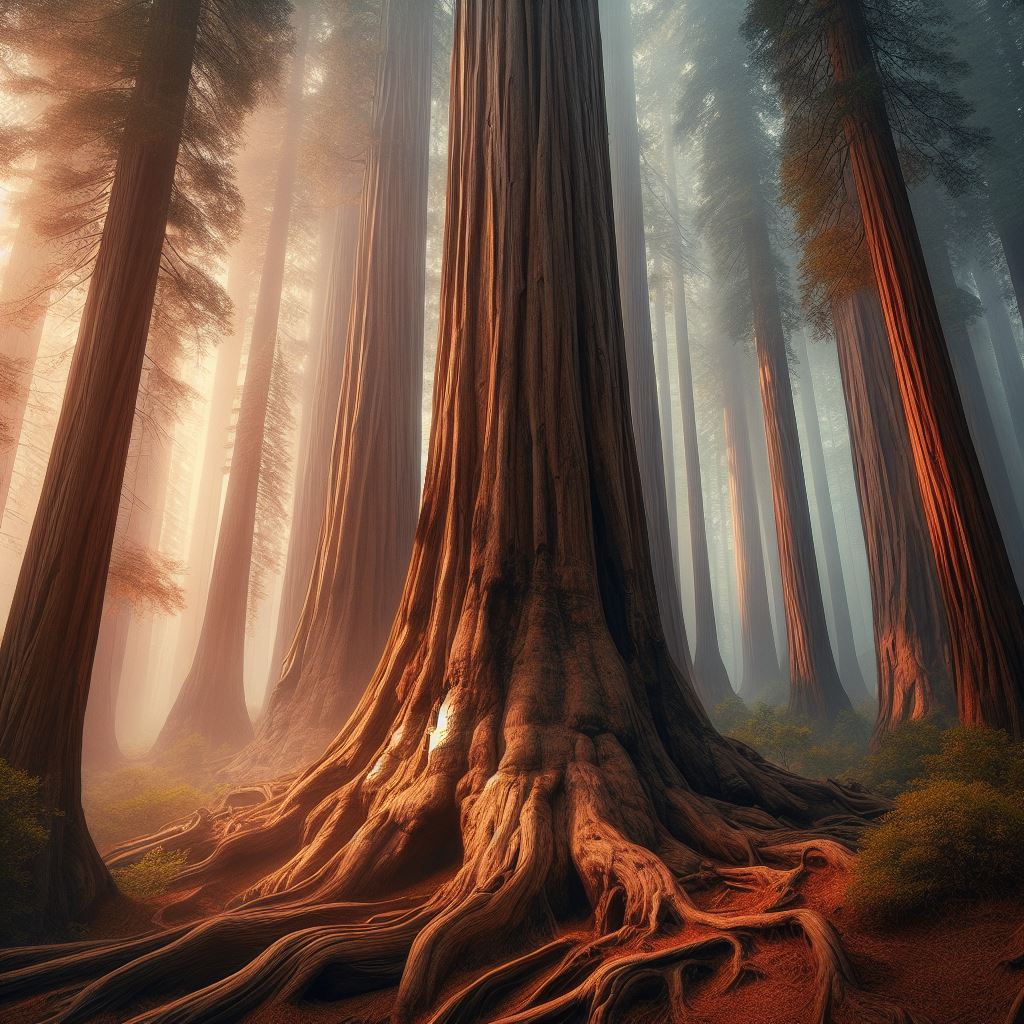Redwood National Park, located in California, is a part of the United States’ extensive network of national parks, established to preserve and protect the country’s natural, historical, and cultural resources. The park is home to some of the world’s tallest trees, the coast redwoods, which can grow up to 379 feet (115 meters) tall and live for over 2,000 years.
The Establishment of Redwood National Park
The history of Redwood National Park dates back to 1968 when it was established as a national park to protect the remaining old-growth redwood forests. This decision was influenced by the growing environmental awareness and activism in the United States during the 1960s, as well as the efforts of conservationists who advocated for the protection of the redwood forests.
Prior to the establishment of the park, the redwood forests were under threat from logging and development activities. The creation of Redwood National Park was a response to these threats and a declaration of the government’s commitment to preserving the country’s natural wonders.
Expansion and Protection of the Park

In 1978, the Redwood National Park Expansion Act was passed, which expanded the park’s boundaries to include additional watershed and protect the endemic ecosystem. This was a crucial step in safeguarding the park from external threats, such as logging activities outside the park’s boundaries.
The expansion of the park was a significant achievement, as it demonstrated the government’s willingness to take action to protect the redwood forests and the surrounding environment. This expansion also highlighted the importance of the park’s role in preserving the country’s natural heritage.
Unique Features of Redwood National Park
Redwood National Park is home to a diverse array of flora and fauna, including the iconic coast redwoods, which are the tallest trees in the world. These ancient trees are a testament to the park’s rich history and the importance of preserving the natural environment.
In addition to the redwoods, the park also features a variety of other plant and animal species, including the Roosevelt elk, the Pacific fisher, and the Steller’s jay. The park’s diverse ecosystem is a testament to the importance of protecting the natural environment and the role that national parks play in this effort.
Recreational Opportunities in Redwood National Park
Redwood National Park offers a wide range of recreational opportunities for visitors, including hiking, camping, and wildlife viewing. The park’s extensive trail system allows visitors to explore the ancient redwood forests and experience the park’s natural beauty firsthand.
Visitors can also enjoy a variety of other activities, such as kayaking, fishing, and birdwatching. The park’s diverse landscape and rich natural resources make it a popular destination for outdoor enthusiasts and nature lovers alike.
Conclusion
Redwood National Park’s history is a testament to the importance of preserving the country’s natural resources and the role that national parks play in this effort. The park’s establishment and expansion have been driven by the efforts of conservationists and the growing environmental awareness in the United States.
Today, Redwood National Park continues to be a popular destination for visitors from around the world, who come to marvel at the towering redwoods and experience the park’s rich natural and cultural heritage. As we look to the future, it is important that we continue to protect and preserve this unique and irreplaceable natural wonder.
References:
– National Park Service – Redwood National Park
– National Geographic – History of the National Parks
– National Park Service – A Brief History of the National Park Service
– National Park Service History – A Brief History of the National Park Service

